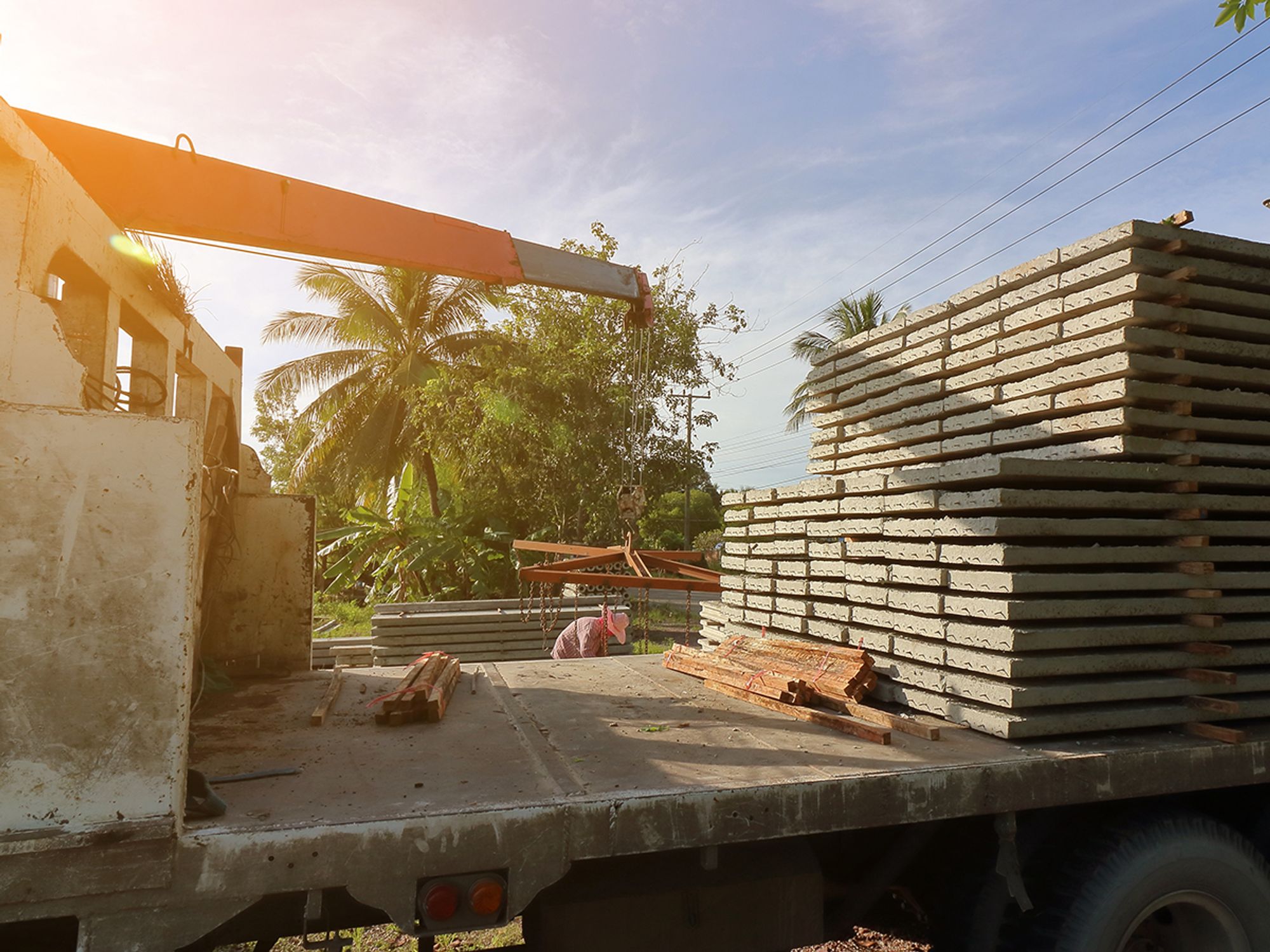Equipment operations — Power-line safety (all voltages)

- To minimize power-line hazards, employers must clearly mark or define the work zone and determine whether any part of the crane, load line, or load could get closer than the trigger distance.
- No part of the equipment or load is allowed beneath a power line unless that line is de-energized and visibly grounded.
In addition to frequent and periodic inspections, employers are required to inspect and test equipment to ensure it is capable of safe and reliable operation when initially set up or placed in service and after any major repairs or design modification.
The first step is to determine if power lines pose a hazard. To do this requires the work zone to be identified in one of the following ways:
- Marking boundaries with flags or with a range limit device or range control warning device. Next, the employer must prohibit the crane operator from operating the equipment past those boundaries.
- Defining the work zone as the area 360 degrees around the equipment, up to the equipment’s maximum working radius.
Once the work zone is identified, it must be determined if any part of the crane, load line, or load (including the rigging and lifting accessories) could get closer than the trigger distance to a power line.
The trigger distance is as follows:
- For power lines up to 350 kV: 20 feet
- For power lines from 350–1000 kV: 50 feet
- For power lines over 1,000 kV: The minimum clearance distance must be established by the utility owner/operator or a registered professional engineer who is a qualified person with respect to electrical power transmission and distribution. The clearance distance will be at least 50 feet.
This determination should be made with the assumption that the crane will be operated up to its maximum working radius in the work zone.
If the crane will not get closer than the trigger distance to the power line, then the employer is not required to take any further action.
However, the employer may encounter a situation where it is necessary to increase the size of the work zone. This may occur as a result of an unanticipated need to change the crane’s position or have it operate beyond the original work zone boundaries. If that is the case, the employer must reidentify the work zone and conduct a new trigger distance assessment.
Operations below power lines
No part of the equipment, load line, or load (including rigging and lifting accessories) is allowed below a power line unless the employer has confirmed that the utility owner/operator has de-energized and (at the jobsite) visibly grounded the power line. Exceptions are listed in paragraph 1926.1408(d)(2).
